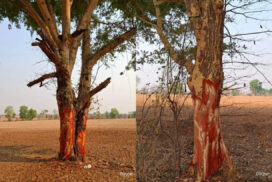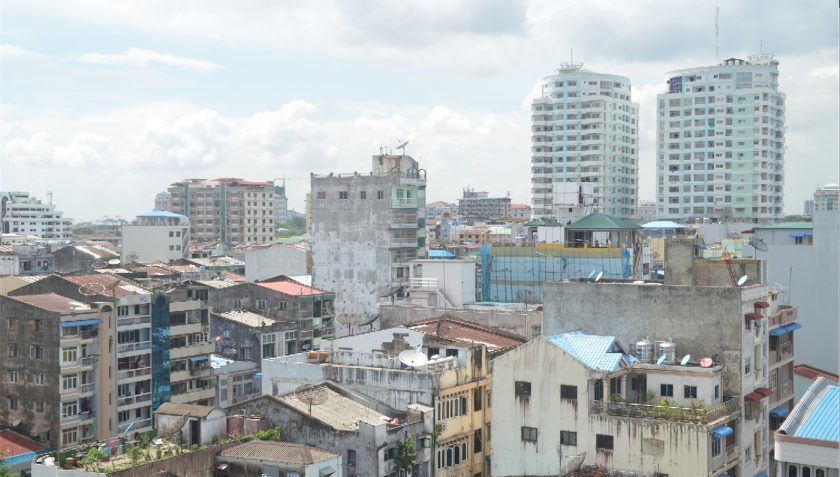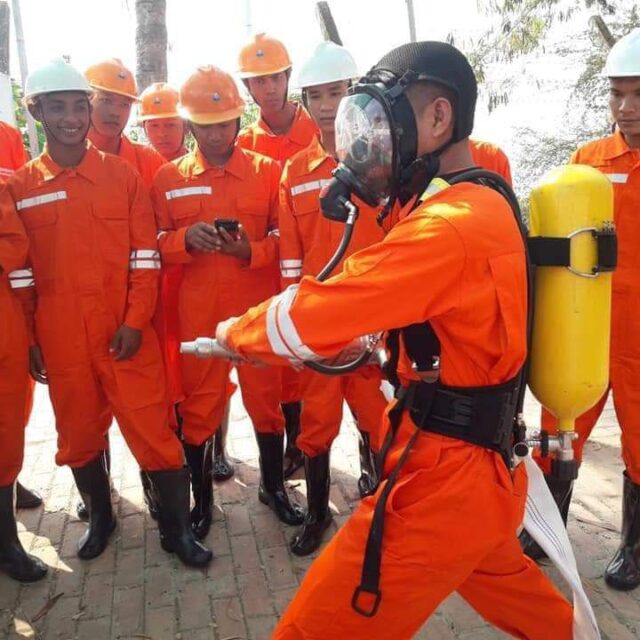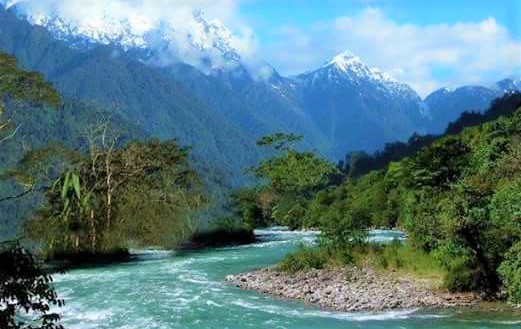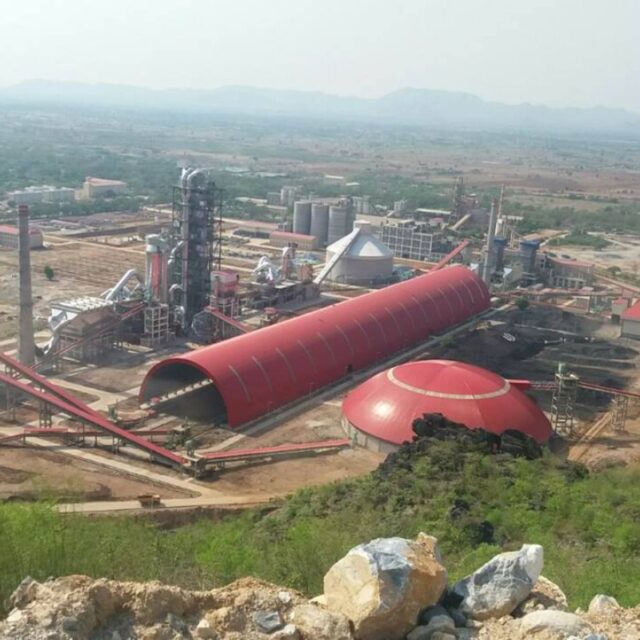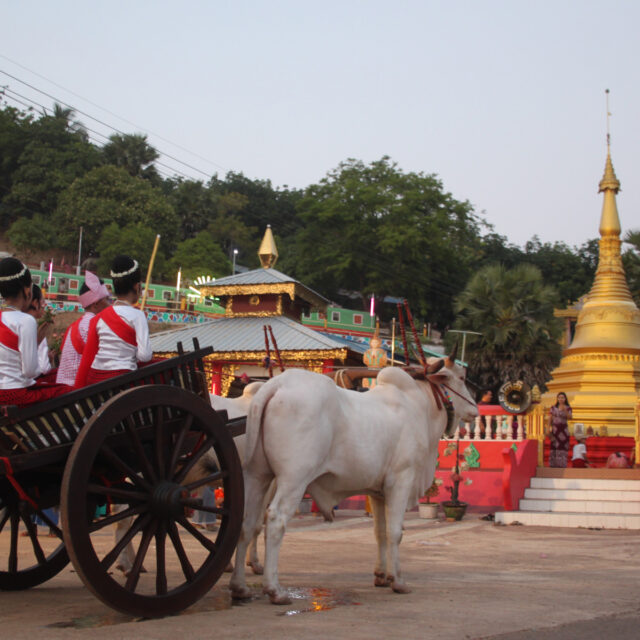Myanmar is striving for setting the areas of the forest reserves and protected public forests, accounting for 30 per cent of the country’ area in 2030 in order to conserve the forest ecosystem in the country.
So far, the country has set 25.61 per cent of the area as forest reserves and protected public forests across the nation. Of the 10 per cent of the country’s area set for establishing natural habitats for bio-diversity, 6.08 per cent has been completed. Myanmar has 48.52 million acres of cultivable land, 17.3 million acres of which are placed under paddy plantations.
As the country has enough agricultural land, it is important to conserve forests systematically. Relevant ministries are taking measures to transform slash-and-burn farming into highland farming systematically.
That is why the entire national people should place barren hills, deforested areas and dry zones under the shade of forests for greening the environs in order to mitigate climate change and global warming as much as they can.
Myanmar stands the seventh position in the world’s largest mangrove areas and the third largest in Asia. According to the United Nations Food and Agriculture Organization report in 2020, the mangrove area of Myanmar was about 3.9 per cent of the country’s forestry area. While Myanmar is rehabilitating mangrove forests through various ways and means, the country has tended 26,990 acres of mangrove forest plantations, 15,436 acres of community forest plantations, 3,065 acres of private forest plantations, 8,130 acres of assisted natural regeneration plantations and 10,348 acres of mangrove forest plantations in cooperation with domestic and foreign organizations so far.
It is needed to conserve forest reserves, protected public forests and natural areas, and give special consideration to the importance of trees outside the forests and ecosystem.
All the people need to serve the national duty for conservation of the environment in the country. Forests are tangibly and intangibly beneficial to the residents by giving foods and shade as well as shields to prevent natural disasters. For example, trees and mangrove forests saved the lives of people in the unprecedented cyclonic storm Nargis as much as possible.
That is why the entire national people should place barren hills, deforested areas and dry zones under the shade of forests for greening the environs in order to mitigate climate change and global warming as much as they can.

